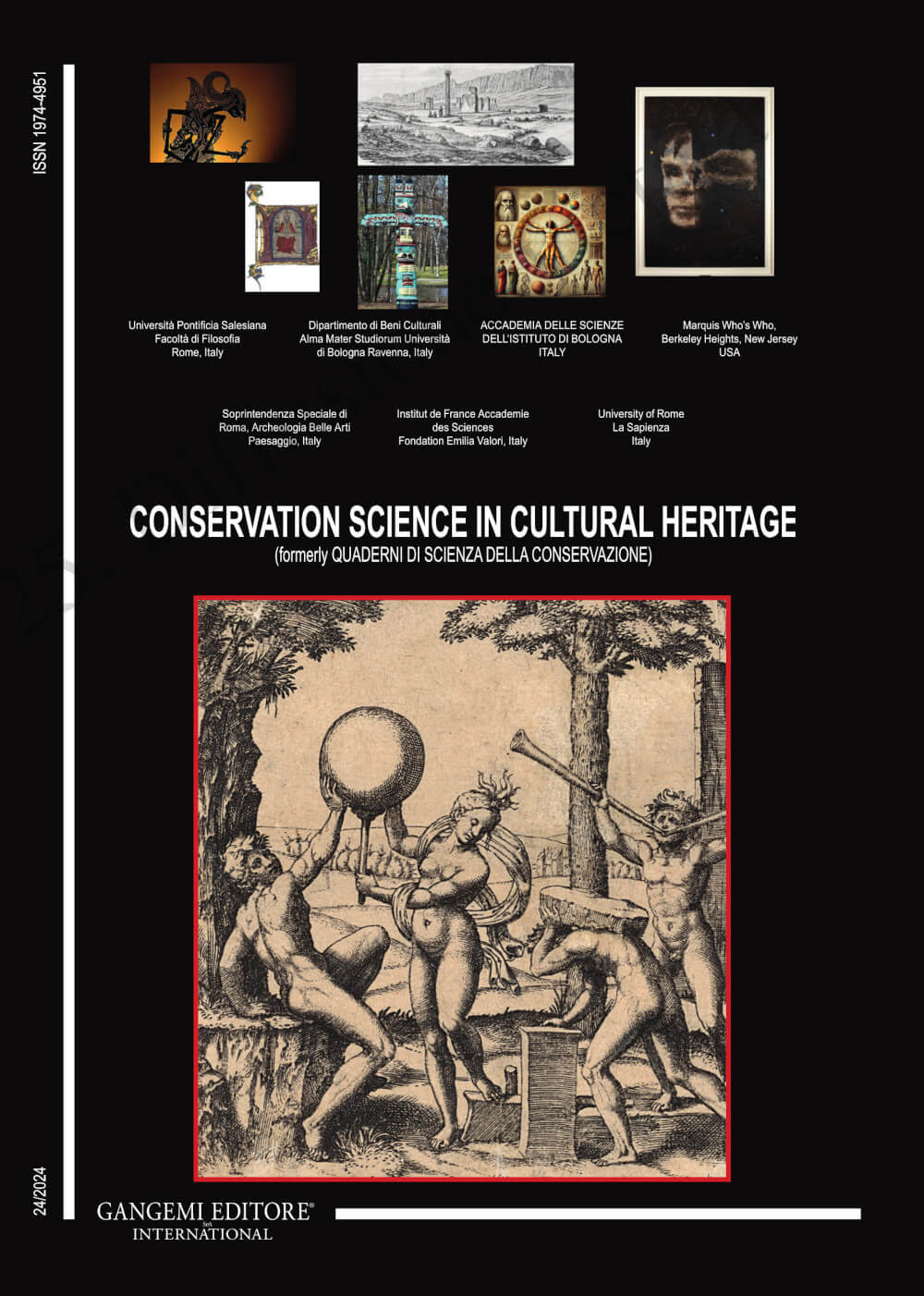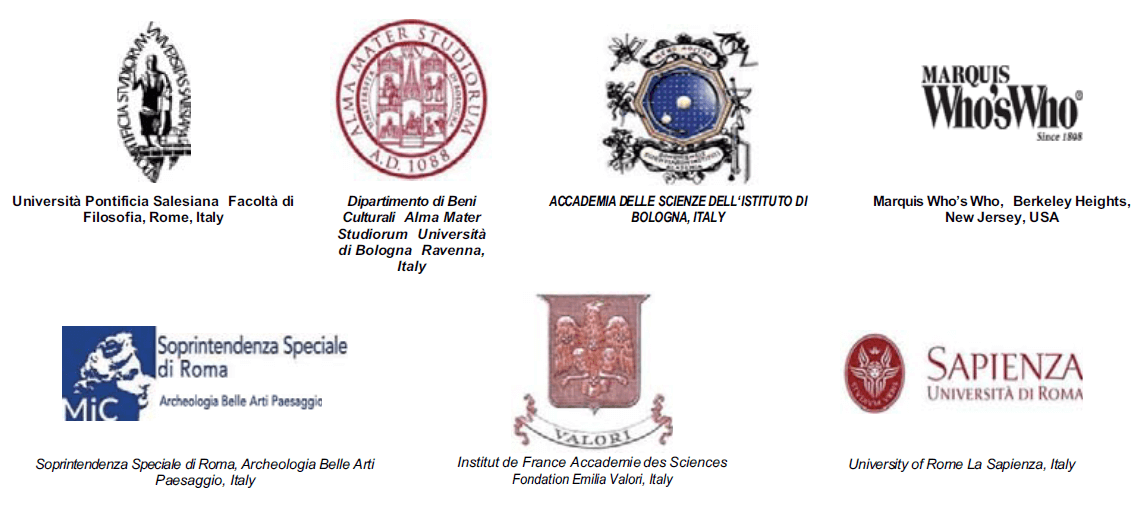Some instances of architectural design in the protection of Celto-Roman ruins
DOI:
https://doi.org/10.6092/issn.1973-9494/22448Keywords:
traditional architecture, archaeological musealisation, protective covering, innovation design, cultural heritage enhancementAbstract
The program for enhancing ancient remains involves contributions from maintenance, restoration, and contemporary architectural design. The varied approaches in conserving and enhancing archaeology highlight a multidisciplinary and multisectoral method aimed at public enjoyment of the heritage. Preservation often requires restrictive restoration techniques, which can limit creativity but also inspire innovative solutions that respect the heritage. Different nations, shaped by their unique cultural formations, have developed specific ways of interpreting their past, primarily through local archaeology, seen as ‘the childhood of every country’. Globalization has impacted archaeological practices, leading to a blending of cultural and interventionist approaches, especially evident in modern European archaeological museums. These institutions reflect a mix of expressive museographic practices despite the ongoing search for cultural identity and origins. In this contribution, several exemplary case studies regarding the coverage interventions of Celtic-Roman/Celto-Roman ruins have been examined. The aim is to illustrate some possible approaches to protective coverings in the archaeological field, while being aware that it would be necessary to extend the reasoning to a greater number of case studies and that respecting the editorial space granted, forces us, rightly, to a more appropriate synthesis.
Downloads
Published
How to Cite
Issue
Section
License
Copyright (c) 2024 Aldo R. D. Accardi

This work is licensed under a Creative Commons Attribution 4.0 International License.





